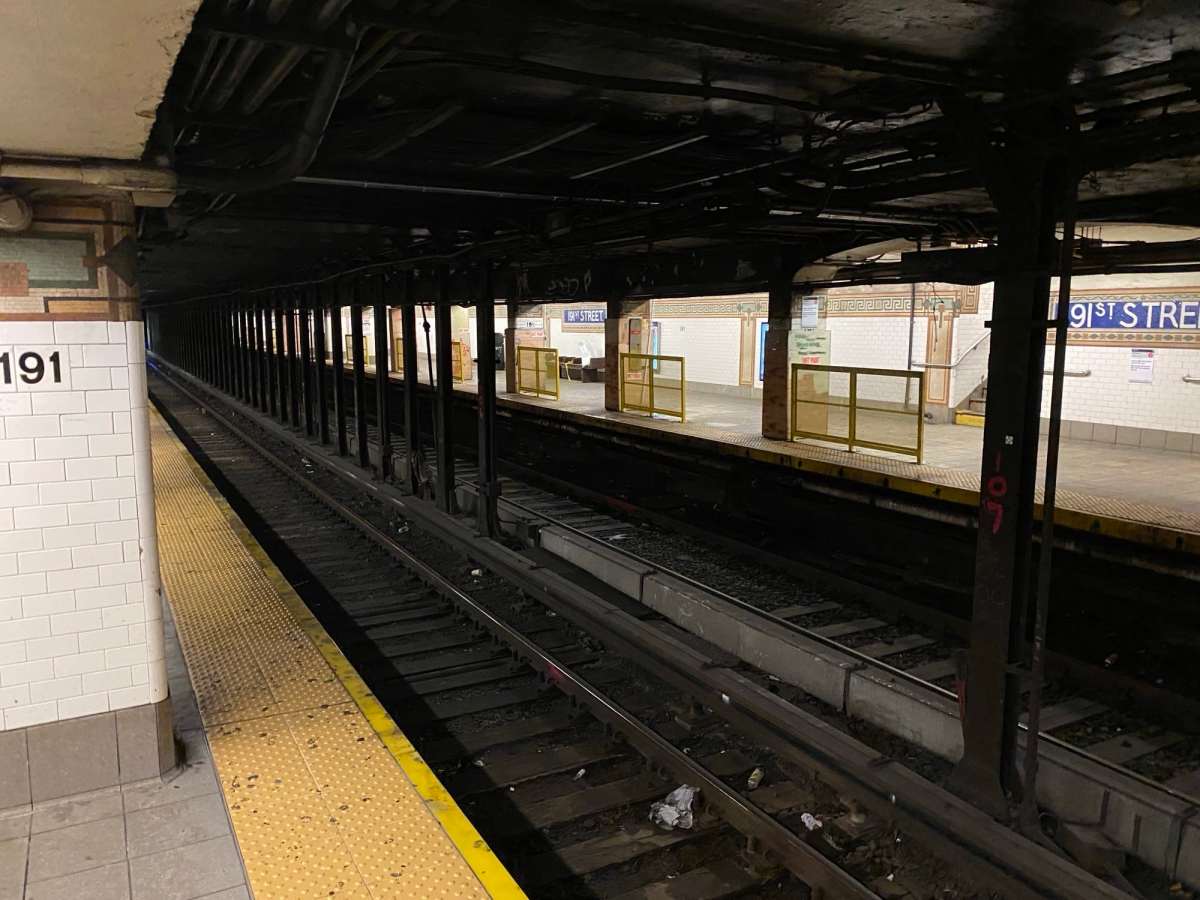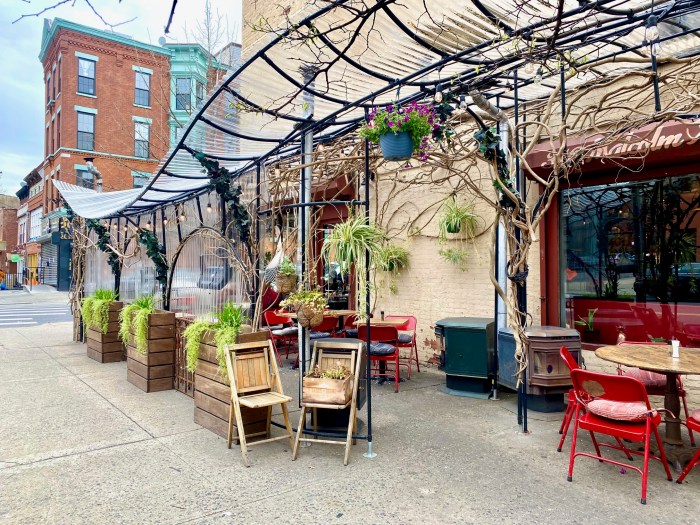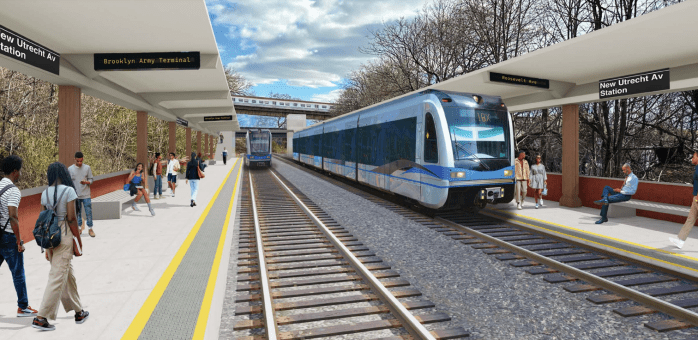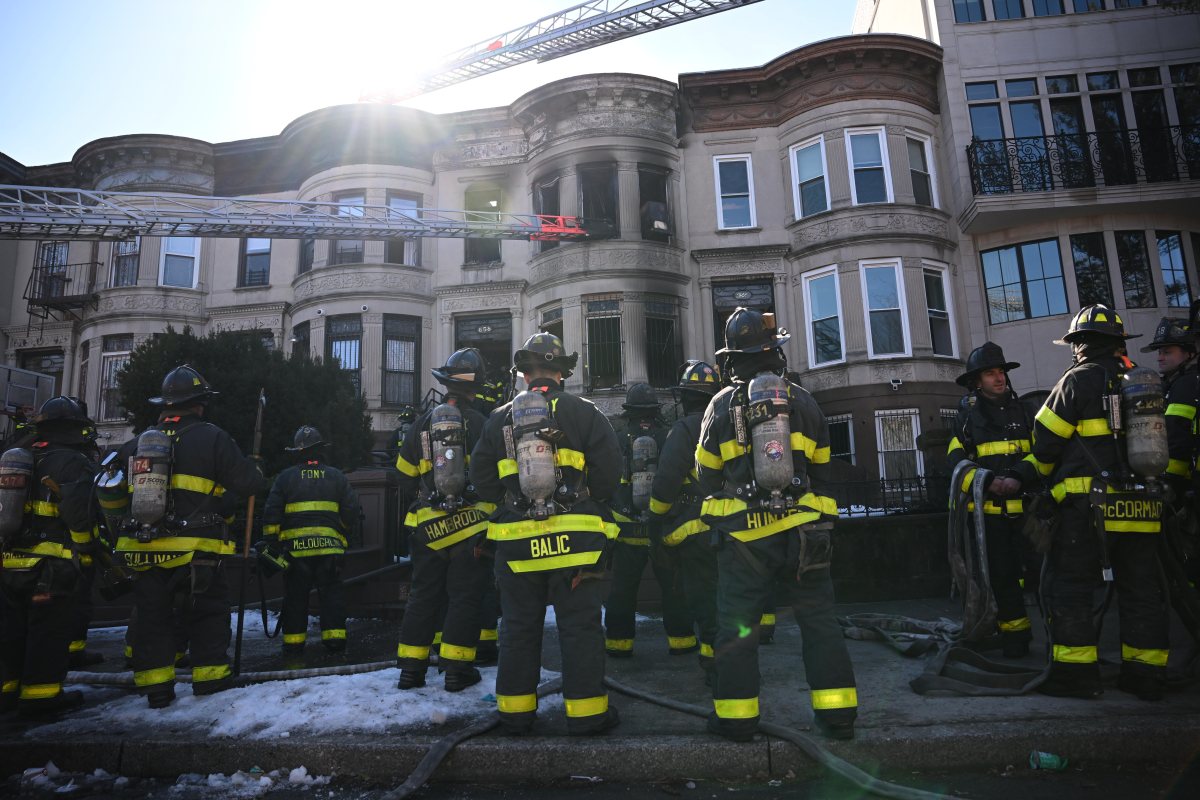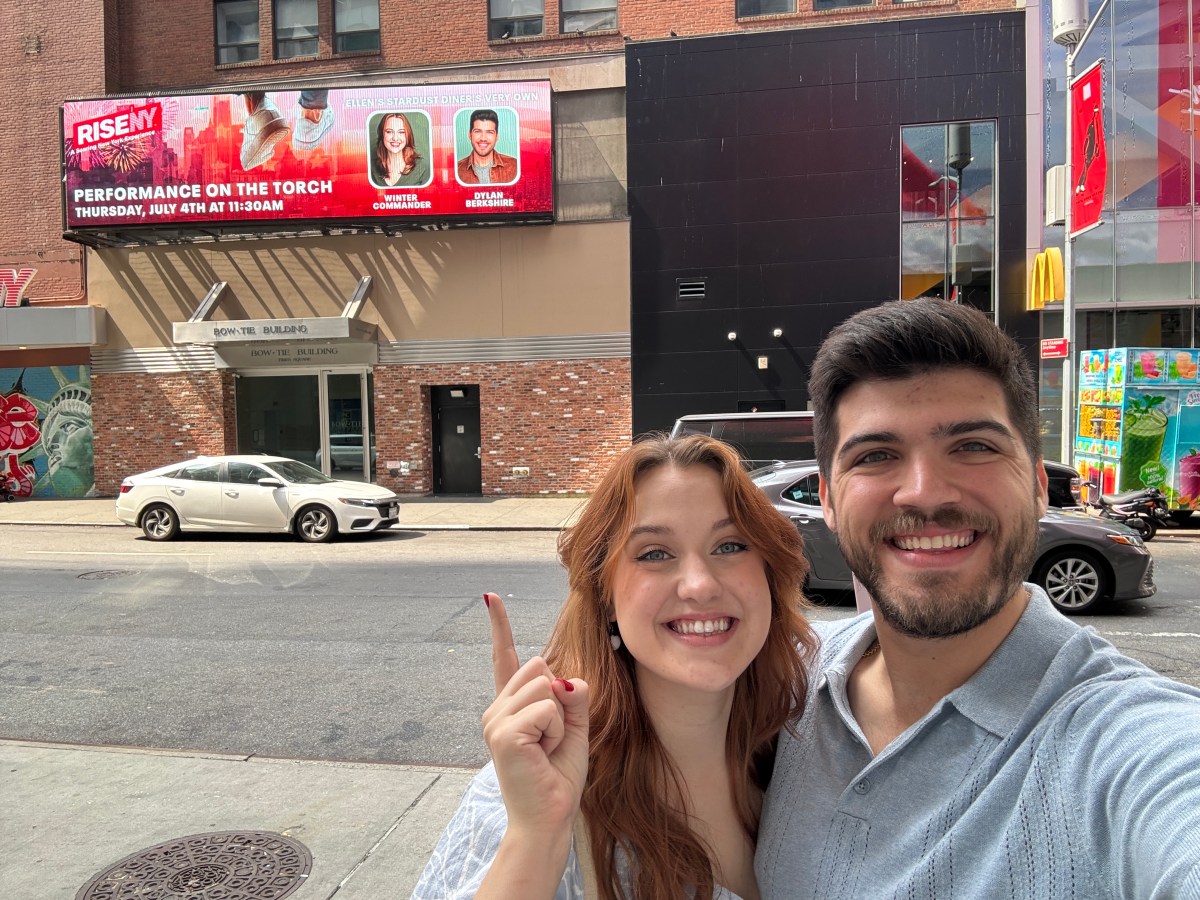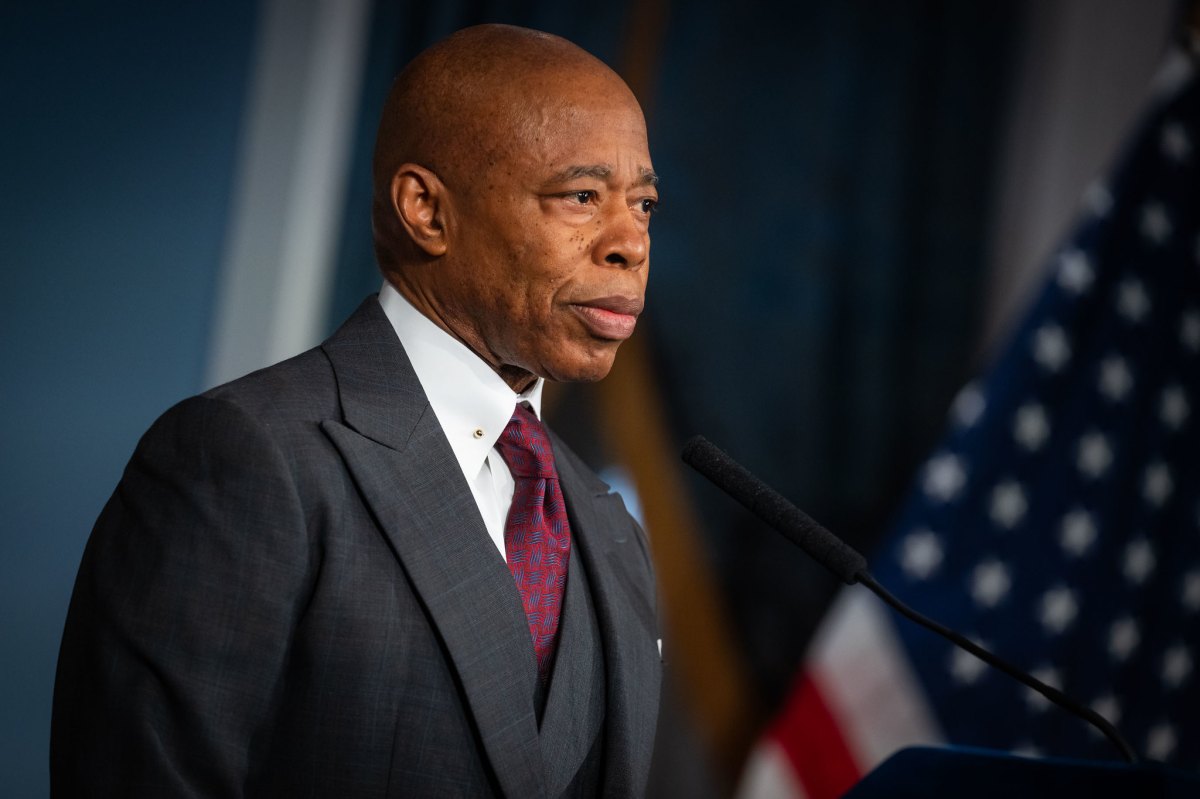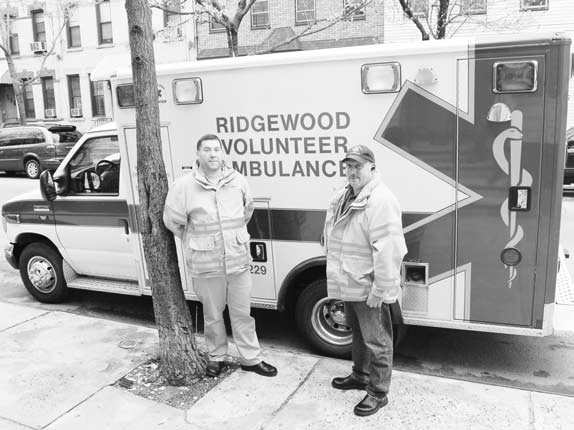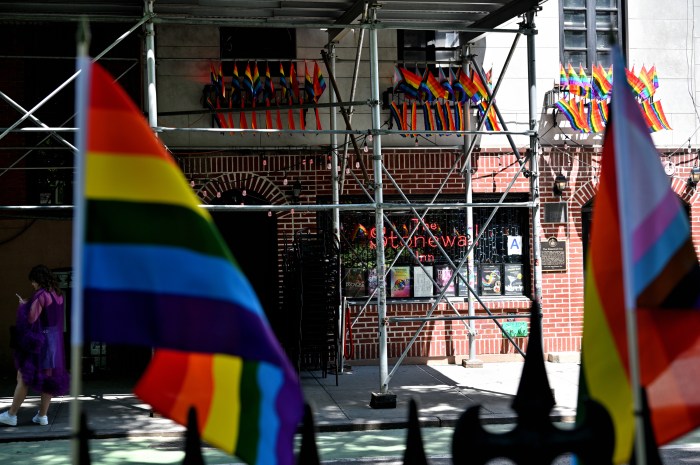The MTA is installing new barriers on subway platforms at select stations as part of a pilot program to prevent people from falling to the train tracks.
New yellow railings have been installed at the edge of the platform on the No. 1 train’s 191st Street stop in Washington Heights, the transit agency shared on X (formerly known as Twitter) on Saturday.
The MTA also said railings would also be installed at the Clark Street 2/3 stop in Brooklyn Heights and the West 8th Street-New York Aquarium F/Q stop in Coney Island, plus one additional stop that has yet to be determined.
The railings are intended as a barrier to prevent people from careening down to the tracks, though they do not cover the entire length of the platform. Gaps are included in the spots on platforms where subway doors open.
“This is about finding creative ways to improve safety,” said MTA chief Janno Lieber in a statement. “It’s still in an experimental phase, and we will be watching carefully to determine if the barriers are effective at deterring track intrusions without interfering with passenger circulation. If they pass the test, we will be ready to deploy widely.”
In 2022, 88 people were killed after ending up on subway tracks, either by falling, jumping, or being pushed. That was a 30% increase from the year before.
After straphanger Michelle Go was fatally pushed in front of an R train at Times Square in 2022, the MTA faced pressure from local politicians to start installing platform doors, a staple in the metro systems of Asian cities.
A few years earlier, in 2020, the MTA released a 4,000-page study that concluded platform doors aren’t feasible on 344 of the city’s 472 subway stops, as those platforms are too narrow to fit the doors and comply with space requirements mandated by the Americans With Disabilities Act.
For the remaining 128 stations where platform doors are feasible, the MTA estimated it would cost $7 billion to construct them.
Soon after Go’s death, however, the MTA changed course and committed to piloting platform doors at three stations: Times Square on the 7, 3rd Avenue-14th Street on the L, and Sutphin Boulevard-Archer Avenue on the E. That pilot still has not commenced, however.
Manhattan Borough President Mark Levine, one of the pols who pushed for platform doors, said he “applaud[s]” the new railings as a cheap and easy alternative to keep straphangers safe.
“It’s critical that we find ways to reduce the number of riders who fall or are pushed onto subway tracks,” said Levine. “So I applaud the MTA for this pilot, which is a relatively quick and easy way to add protection on the platform. I am excited to hear feedback from riders at 191st Street on how the railings work in practice.”
Read more: NYC Buses Slowest Since Pre-Pandemic



